Growing Focus on Risk Management
The heightened awareness of risk management strategies appears to be influencing the Policy Management Software Market. Organizations are increasingly recognizing the importance of identifying, assessing, and mitigating risks associated with policy compliance. In 2025, the risk management software market is projected to grow significantly, reflecting a broader trend towards proactive risk management. This shift suggests that businesses are investing in policy management software that offers comprehensive risk assessment tools, enabling them to navigate potential challenges more effectively. Consequently, the demand for such solutions is likely to rise as organizations strive to safeguard their operations.
Emergence of Remote Work Policies
The rise of remote work arrangements appears to be reshaping the landscape of the Policy Management Software Market. Organizations are increasingly required to develop and enforce policies that address the unique challenges of remote work. This shift necessitates the implementation of policy management software that can effectively manage and communicate these policies to a dispersed workforce. As of 2025, it is estimated that over 30% of the workforce will be engaged in remote work, highlighting the need for robust policy management solutions. This trend suggests that businesses are likely to invest in software that facilitates the creation, distribution, and monitoring of remote work policies.
Regulatory Compliance Requirements
The increasing complexity of regulatory frameworks across various sectors appears to drive the demand for the Policy Management Software Market. Organizations are compelled to adhere to stringent compliance standards, which necessitates the implementation of robust policy management solutions. In 2025, it is estimated that the compliance software market will reach a valuation of approximately 15 billion USD, indicating a growing recognition of the need for effective policy management. This trend suggests that businesses are prioritizing software that can streamline compliance processes, thereby enhancing operational efficiency and reducing the risk of non-compliance penalties.
Rising Demand for Operational Efficiency
Organizations are increasingly seeking ways to enhance operational efficiency, which seems to be a significant driver for the Policy Management Software Market. By automating policy management processes, companies can reduce manual errors and save time. Reports indicate that businesses utilizing policy management software can achieve up to a 30% reduction in administrative costs. This efficiency not only improves productivity but also allows organizations to allocate resources more effectively. As the competitive landscape intensifies, the need for streamlined operations is likely to propel the adoption of policy management solutions.
Increased Investment in Digital Transformation
The ongoing digital transformation initiatives across various industries seem to be a key driver for the Policy Management Software Market. As organizations transition to digital platforms, the need for effective policy management becomes paramount. In 2025, it is anticipated that the digital transformation market will exceed 2 trillion USD, underscoring the urgency for businesses to adopt innovative solutions. This trend indicates that companies are prioritizing policy management software that integrates seamlessly with their digital ecosystems, thereby enhancing overall governance and compliance. The alignment of policy management with digital strategies is likely to foster greater adoption of these solutions.


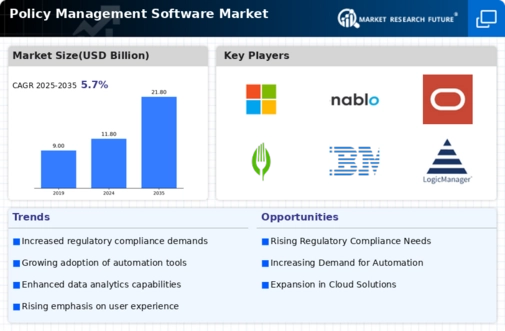
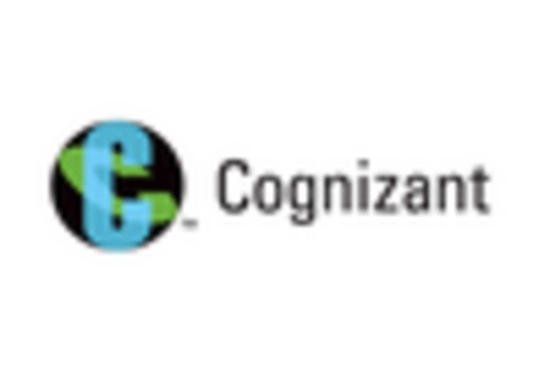
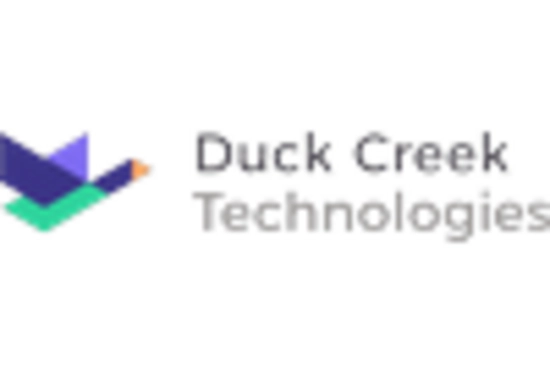
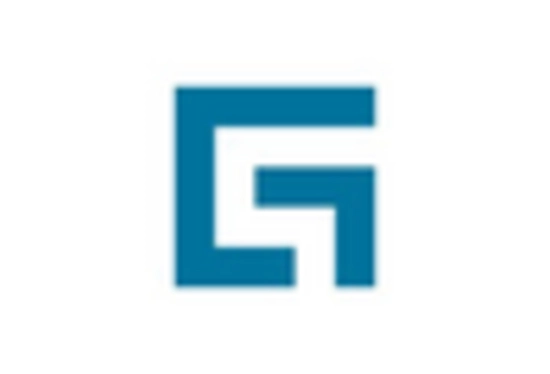
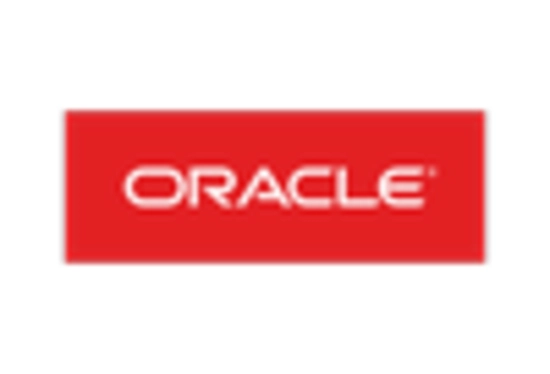
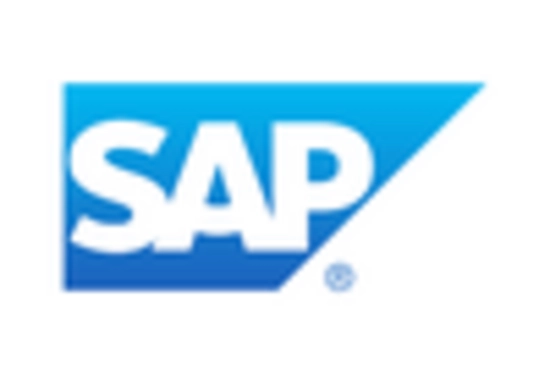
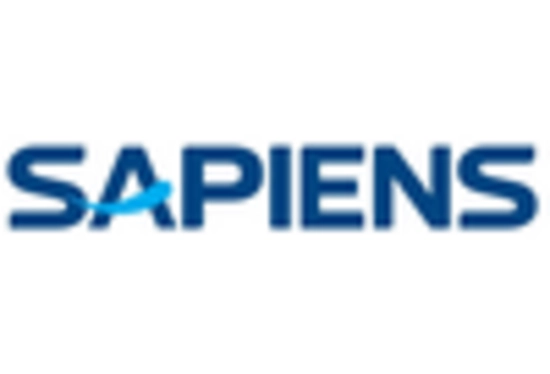








Leave a Comment